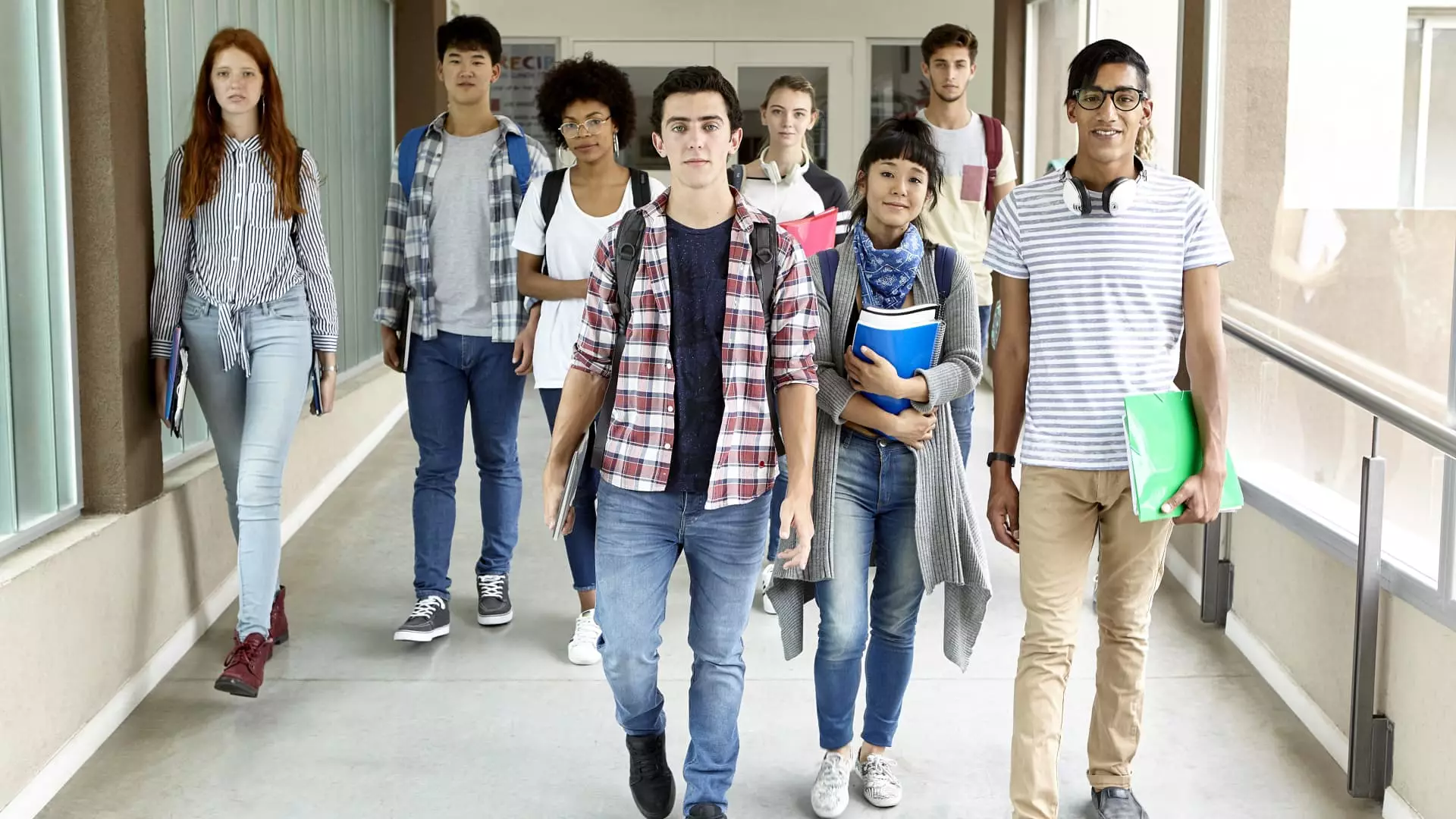In recent years, the appeal of obtaining a college degree has waned significantly. This shift can be attributed to the rising costs of higher education and the increasing burden of student debt. The National Student Clearinghouse Research Center recently reported that the number of students earning undergraduate degrees has declined for the second consecutive year. In the 2022-23 academic year, the number of undergraduate degree earners fell by nearly 3%, marking the steepest decline on record. This trend is further exacerbated by a significant drop in the number of students earning bachelor’s degrees, with almost 100,000 fewer graduates compared to previous years. Meanwhile, the number of students earning certificates has reached a 10-year high, largely due to the growth of vocational programs.
The decline in college enrollment can be attributed to a variety of factors, including shifting priorities among high school students. Many individuals are opting for career training and entering the workforce directly rather than pursuing a traditional four-year degree. Additionally, financial constraints play a significant role in deterring students from pursuing higher education. Due to the escalating costs of college, more students are dropping out or choosing shorter-term certificate programs over associate and bachelor’s degrees. This shift is reflected in the declining number of new college graduates entering the workforce each year.
Historically, community colleges have served as a pathway to higher education for many students, particularly those from lower-income backgrounds. However, recent reports indicate that this model is at risk of diminishing. Only 16% of community college students ultimately attain a bachelor’s degree, highlighting the challenges that these institutions face in providing accessible and affordable higher education. The decline in community college enrollment poses a threat to the educational opportunities available to disadvantaged students, further exacerbating existing disparities in access to higher education.
The Free Application for Federal Student Aid (FAFSA) serves as a crucial gateway to federal aid programs, including loans, work-study, and grants. However, ongoing issues with the FAFSA application process have discouraged many high school seniors from applying for financial aid. Low-income students, in particular, are disproportionately affected by these barriers, as they rely heavily on financial assistance to afford college. The low completion rates of the FAFSA among high school seniors could lead to a decline in college enrollment and hinder students’ access to essential financial support.
Recent trends suggest that higher education is becoming increasingly privatized, with costs being shifted onto students and families. Deep cuts in state funding for higher education have resulted in significant tuition increases across colleges and universities. As a result, the cost of attending college has surpassed what most families can afford, with some institutions charging close to $100,000 per year. This financial burden disproportionately affects students from low-income backgrounds, further widening the economic disparities in access to higher education.
The decline of higher education enrollment and the rising costs of college signal a troubling trend in the accessibility of postsecondary education. As fewer students pursue traditional four-year degrees and community colleges face challenges in providing affordable pathways to bachelor’s programs, the future of higher education remains uncertain. Addressing barriers to financial aid, reversing the privatization of higher education, and reevaluating the return on investment of college degrees are critical steps in ensuring equitable access to higher education for all students.

